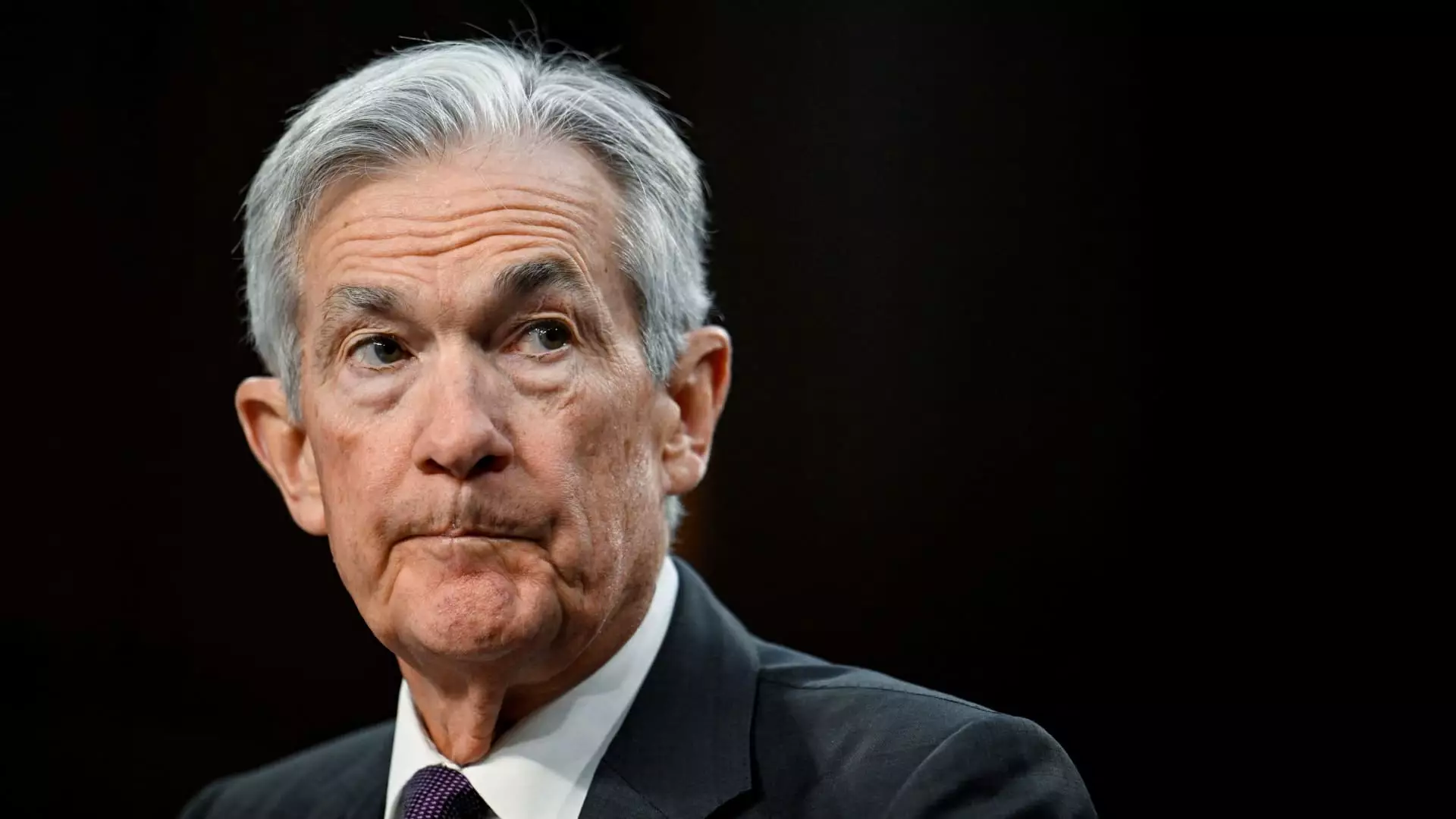The landscape of monetary policy is perpetually fraught with challenges, and the current environment is no exception. Federal Reserve officials, while projecting an image of readiness and adaptability, may be underestimating the degree to which their decision-making process is characterized by stasis, rather than flexibility. This article analyzes the various elements influencing the Fed’s activities and the broader economic implications of their cautious stance amid uncertainty.
A frequent refrain among the Federal Reserve’s decision-makers is that their policy framework is “well-positioned” to respond to economic developments, whether positive or negative. Yet, closer scrutiny reveals a narrative of stagnation. The global economic atmosphere is riddled with ambiguities, from fluctuating trade policies to unpredictable immigration regulations, leaving policymakers in a precarious position. Rather than being able to swiftly pivot in response to new information, the Fed appears anchored in a neutral position, awaiting clearer signals regarding the future trajectory of the economy.
Atlanta Fed President Raphael Bostic has emphasized this complexity, noting both enthusiasm within the financial sector about potential regulatory changes and widespread anxiety regarding the administration’s trade positions. This duality – optimism shadowed by apprehension – is emblematic of the broader struggles faced by the Fed as it seeks to craft effective monetary policies amidst fluctuations in fiscal and regulatory landscapes.
The concept of uncertainty has proliferated in the Fed’s communications, suggesting an acknowledgment that the present economic climate is anything but stable. For instance, the central bank’s recent minutes from a Federal Open Market Committee (FOMC) meeting included multiple references to uncertainty—specifically regarding the effects of impending changes in trade, immigration, and fiscal policy. This focus reveals the nuanced reality of how unpredictability complicates labor market assessments and inflation forecasts.
Stagnation in the inflation rate has added to the Fed’s conundrum, with current metrics showing a deviation from the target inflation rate of 2%. Some officials, like St. Louis Fed President Alberto Musalem, have expressed concerns about potential upward shifts in inflation, particularly as tariffs could amplify costs for consumers and businesses alike. While Musalem posits that inflation might remain above the desired threshold, his baseline scenario still anticipates convergence towards the 2% target, reliant on a modestly restrictive monetary policy that may not yield immediate results.
As Fed officials grapple with this volatility, they are increasingly cautious about making hasty decisions regarding interest rates. The committee’s recent inclinations towards maintaining a “modestly restrictive” stance indicate a preference for waiting until there is more definitive progress in inflation and economic activity before altering the federal funds rate. Economic forecasts are fraught with complications, and some officials stress that the existing scenario demands vigilance rather than complacency.
Moreover, uncertainty extends beyond inflation parameters to encompass an array of factors that could destabilize the financial landscape. For instance, Chicago Federal Reserve President Austan Goolsbee has voiced trepidation regarding the cascading effects of tariff policies on economic growth and consumer prices. His remarks underscore that any movement to alter interest rates must be accompanied by a comprehensive analysis of potential risks, emphasizing a measured approach to policymaking.
Beyond standard economic considerations, indicators of financial fragility loom large in the current context. The accumulation of long-duration debt and rising leverage levels in financial institutions pose distinct challenges that could exacerbate market volatility. Noted economist Mark Zandi advocates for vigilance regarding the bond market, highlighting the risks of a severe sell-off given the current landscape.
Zandi’s caution invites further reflection on the Fed’s room for maneuver in the face of such uncertainties. While some market analysts speculate on potential rate cuts in the forthcoming year, Zandi argues the likelihood of substantial reductions remains limited until inflation trends stabilize. Such perspectives illustrate a significant divide between market expectations and grounded assessments of economic realities.
Navigating through this turbulent economic environment demands a level of humility and caution from the Federal Reserve. With multifaceted uncertainties lingering overhead, policymakers are urged to adopt a patient and deliberative stance in terms of their monetary policy strategies. The current economic conditions suggest that while optimism may play a role, empirical caution—rooted in a thorough analysis of both prevailing dynamics and arising risks—will be crucial in shaping effective and forward-thinking policy. As the Fed continues to define its approach, balancing responsiveness with prudence will be essential in fortifying the economy against forthcoming challenges.

